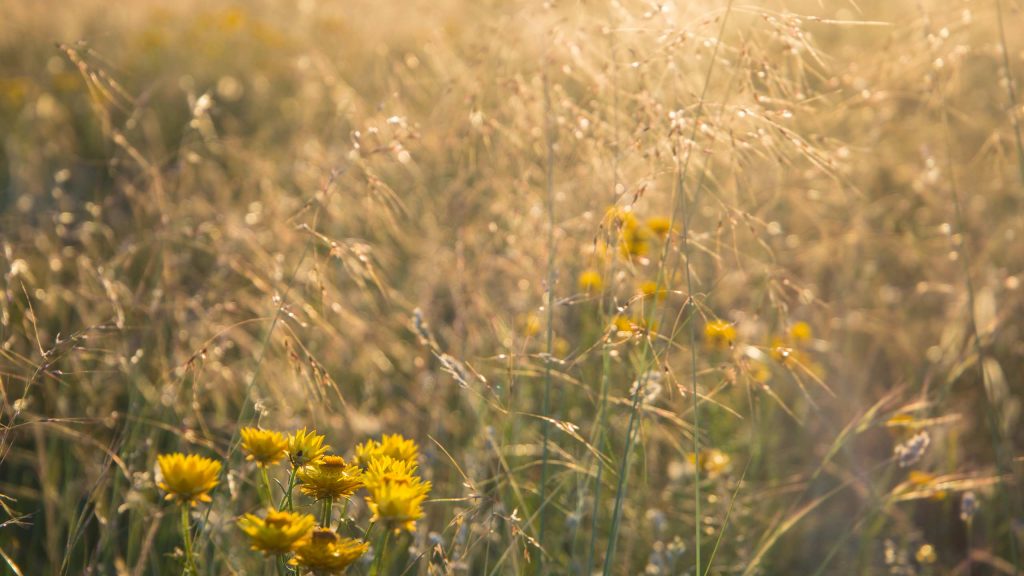Championing critically endangered grasslands
Native grasslands have been decimated since European invasion, and this groups works tirelessly to protect what remains
Volunteering type: environmental volunteering, citizen science, communication, education and governance
Banner image: photo by Mark Jekabsons
Native grassy ecosystems once dominated much of the south east of Australia, including the Canberra region. They provide habitat for rare and threatened species such as the critically endangered Grassland Earless Dragon.
Today, these ecosystems, like Canberra’s Natural Temperate Grassland of the South Eastern Highlands and White Box-Yellow Box-Blakely’s Red Gum Grassy Woodland, are regarded as critically endangered under Commonwealth legislation.
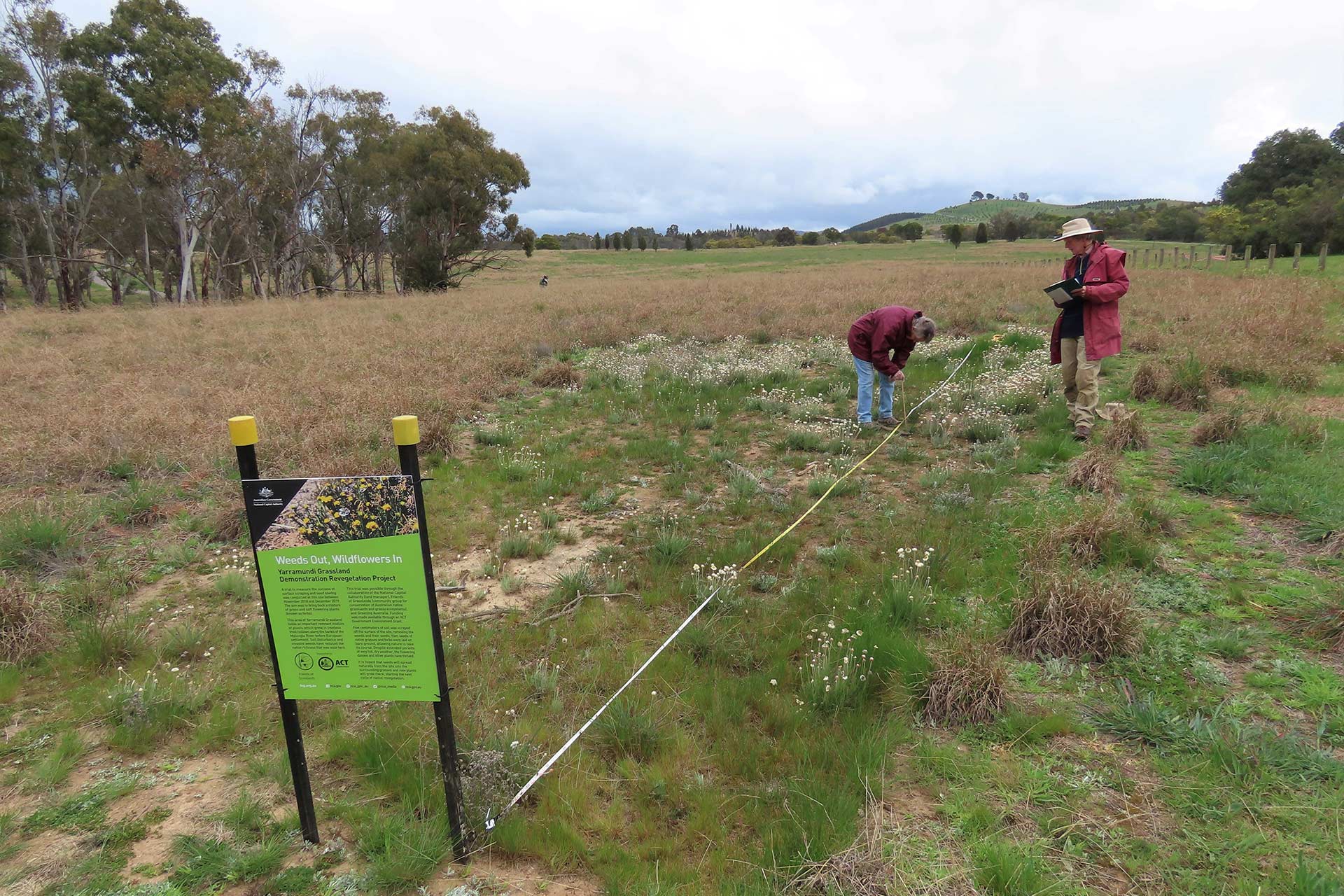
Friends of Grasslands (FOG) is a community group dedicated to the conservation of natural temperate grassy ecosystems in south-east Australia, including related flora and fauna species. FOG’s members include professional scientists, landowners, land managers and interested members of the public.
FOG members advocate for, protect and conserve grasslands in the ACT, primarily through hands-on projects, advocacy, working parties, a bi-monthly newsletter and other work to raise awareness about grasslands among the community. They actively advocate for grasslands by making submissions to federal and local government. In 2020, FOG made 21 submissions, including on protecting the critically endangered Grassland Earless Dragon, the Franklin Grasslands Reserve Landscape Plan, and the Independent Review of the Environment Protection and Biodiversity Conservation Act (the Samuel review).
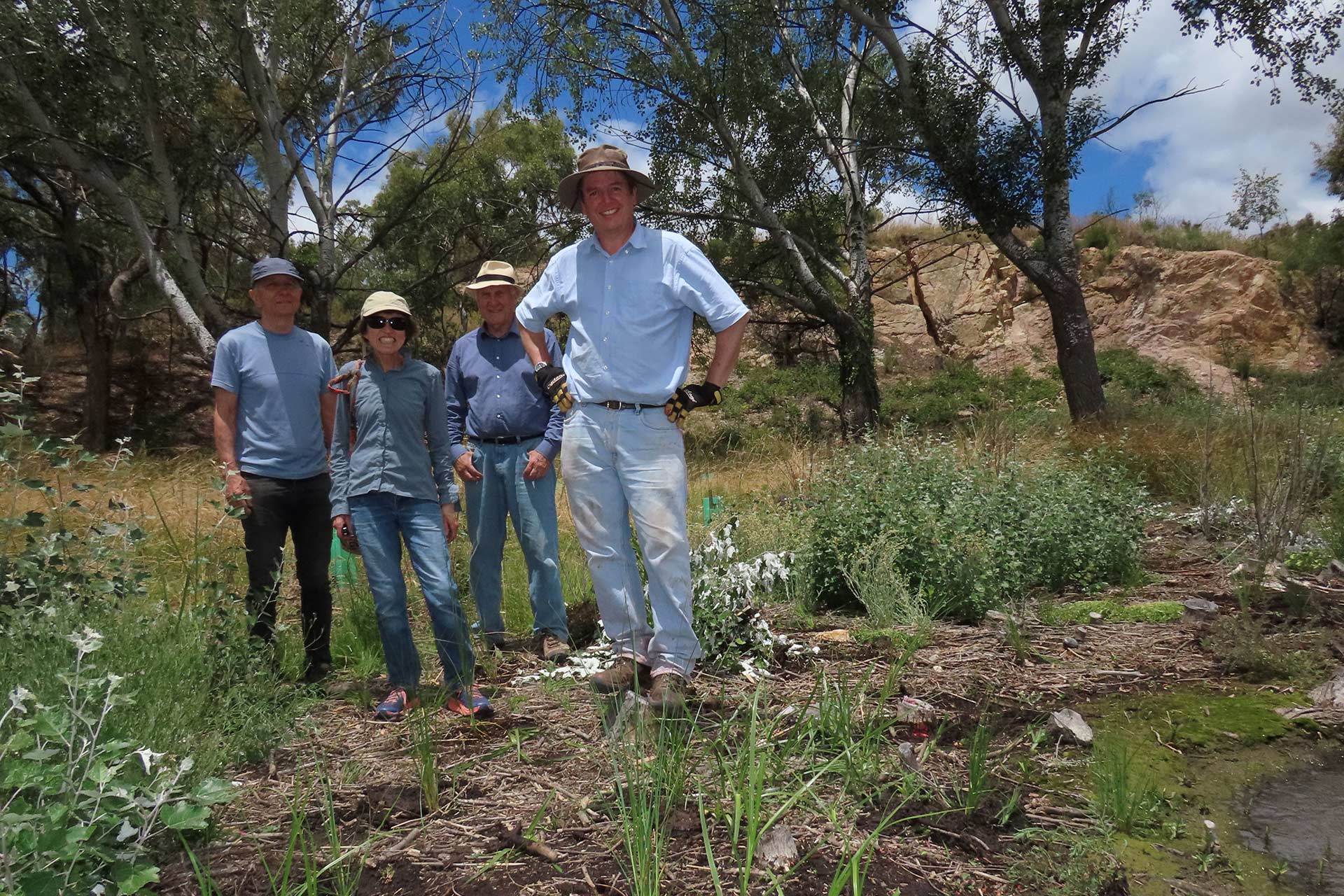
The group hold regular field trips, hands-on projects, workshops and manage citizen science projects at different grasslands. In 2020, they managed the ACT Herpetological Association reptile survey, Gurubang Dhaura Park Twilight survey and an After Dark visit to Mulligans Flat. They also ran a BioBlitz survey with young rangers from the ACT Environment Planning and Sustainable Development Directorate to record all living species in a particular area. Activities like these are an important way for members of the public to learn about the amazing wildlife and ecosystems of the ACT region.
FOG’s on-ground work involves regular work parties to monitor, rehabilitate and manage grasslands. It has separate agreements with the National Capital Authority, ACT Parks and Conservation Service, ACT Parks and Places, ACT Cemeteries Trust, Bush Heritage, the Ginninderry Conservation Trust and Local Land Services NSW. Despite COVID-19, FOG had 299 volunteers participating in on-ground work in 2020. In some cases, FOG has obtained grants to employ professional contractors.
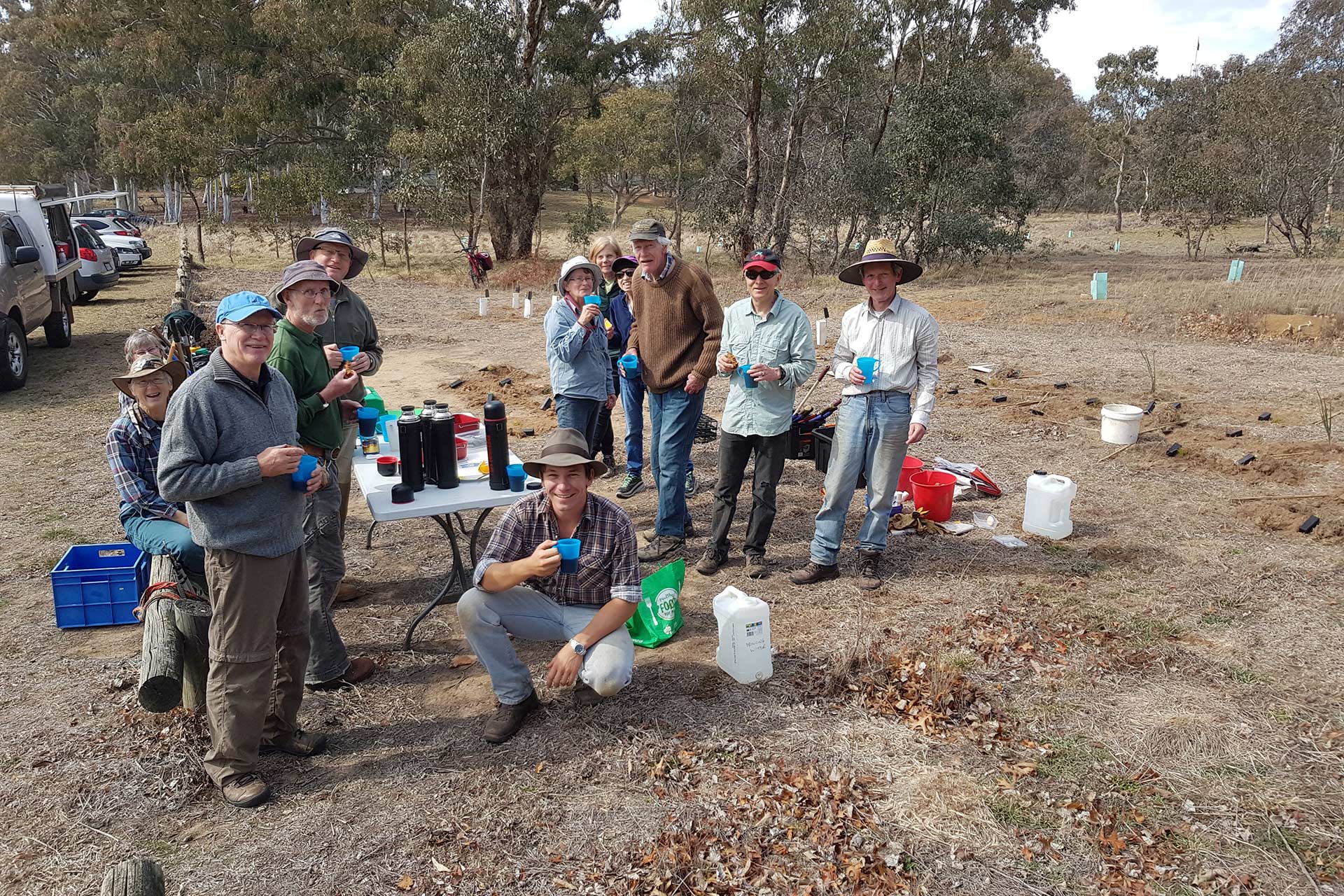
FOG also releases the News of Friends of Grasslands six times a year. The newsletter has been running since 1994 and provides a readable and informative story of the complex grassy ecosystem communities, their function, and their dependent flora and fauna. The group also compiles an annual report on their achievements and activities of the year.
The importance of grasslands is not well understood by many people. As such, many grasslands have been, and continue to be, damaged or even destroyed.
FOG provide invaluable advocacy and on-ground work to defend, conserve and protect grasslands and their dependent species in the region.
If you want to learn more about grasslands, or get involved with FOG, check out their website: fog.org.au.

